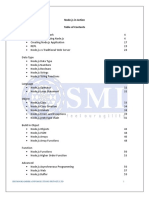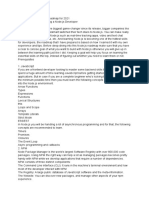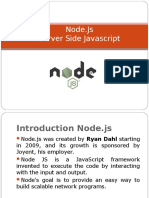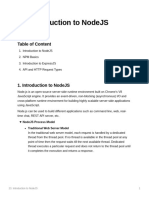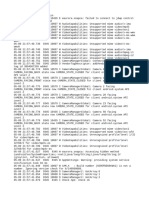0% found this document useful (0 votes)
19 views58 pagesModule 1 - Node JS Rest API (1) (Autosaved)
Cse
Uploaded by
rajaduraiCopyright
© © All Rights Reserved
We take content rights seriously. If you suspect this is your content, claim it here.
Available Formats
Download as PPTX, PDF, TXT or read online on Scribd
0% found this document useful (0 votes)
19 views58 pagesModule 1 - Node JS Rest API (1) (Autosaved)
Cse
Uploaded by
rajaduraiCopyright
© © All Rights Reserved
We take content rights seriously. If you suspect this is your content, claim it here.
Available Formats
Download as PPTX, PDF, TXT or read online on Scribd
/ 58



